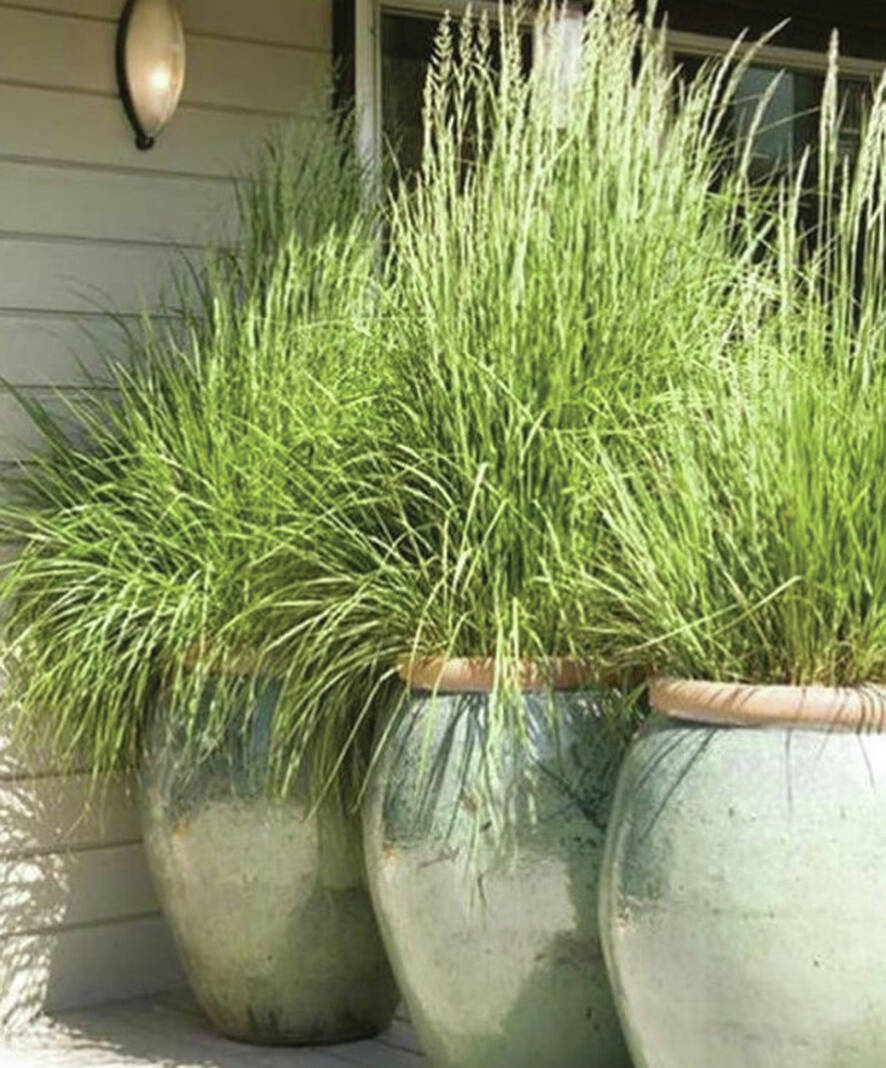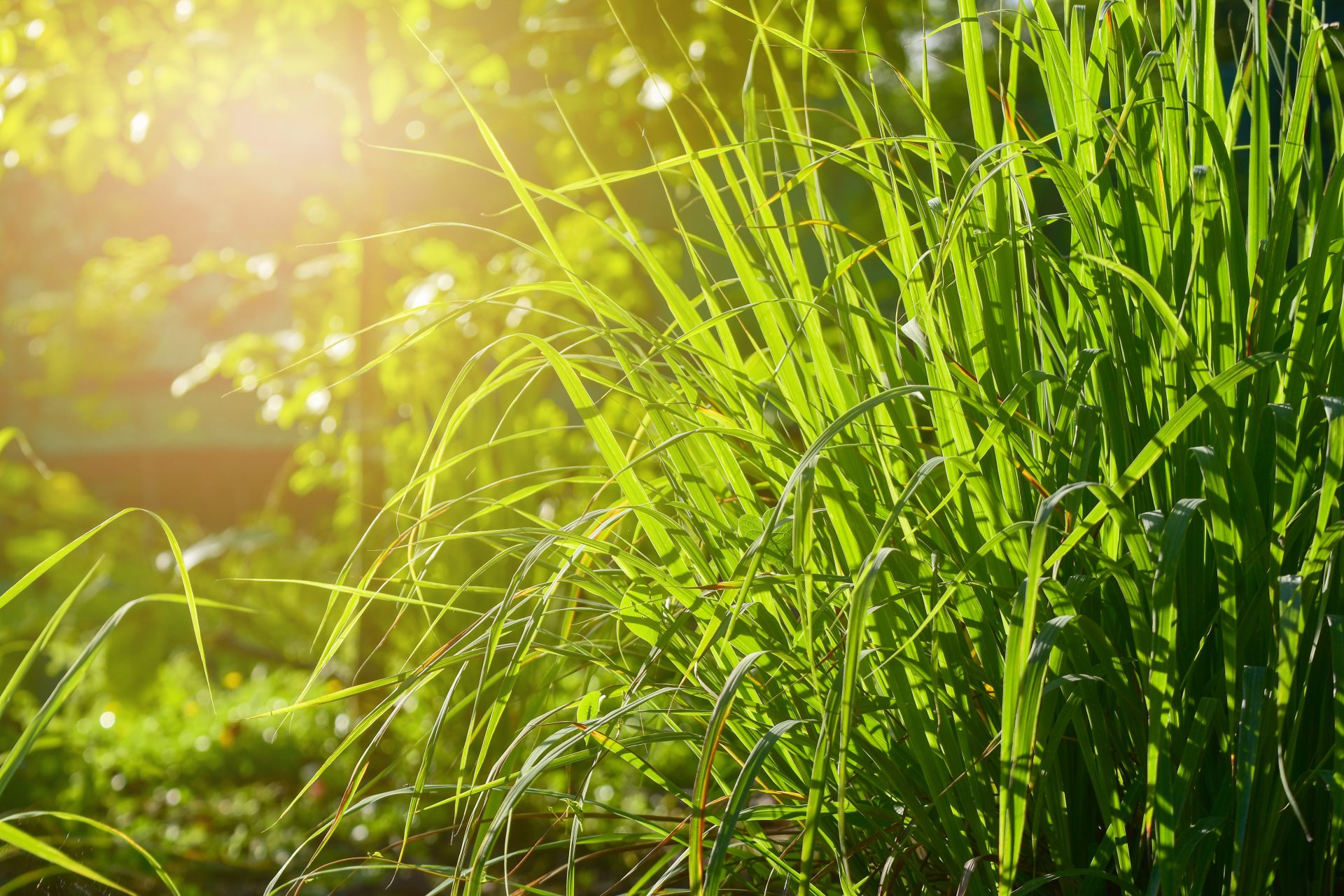|
Only have a minute? Listen instead
Getting your Trinity Audio player ready...
|
Lemongrass has been traditionally used by many cultures around the globe to calm tummy aches and relieve fevers, especially due to colds. It makes a refreshing tea served hot or chilled. And the plant is valued in the kitchen to enhance dishes as a culinary herb.
As with many plants, lemongrass has probably traveled with traders to tropical areas around the world. It is likely native to tropical Africa and Asia, especially India and Sri Lanka.
Several grasses in the Genus Cymbopogon have been used, most commonly Cymbopogon citratus and Cymbopogon flexuosus. Today, Cymbopogon flexuosus is usually used to produce essential oils for fragrance and Cymbopogon citratus is the popular plant used for tea and in culinary arts. Thai and Chinese cuisine would not be the same without lemongrass in soups and in stir fry, especially featuring seafood.
Lemongrass is easy to grow in full sun in the Rio Grande Valley. It requires well drained soils to thrive and will rot if the roots sit in water for more than a day or two. When planting, give it at least three feet from other plants so that it can reach its full potential. It is nice to plant along a pathway so that the lemon fragrance is released when someone brushes against it.

Lemongrass will also adapt to containers, especially if there is concern about soil drainage. It will grow in south Texas for many years, as long as it receives deep irrigation twice a month during our warm months. In containers, you may like to move to larger containers every 2 or 3 years, or use its need for more room, as a good time to divide the plant and pot up lemongrass to share with friends. This is a perfect time of year for dividing plants like lemon grass or clumps aloe vera into new containers.
The tender, edible part of a stem is close to the ground. For culinary uses, harvest stems when they reach at least one fourth inch in diameter. Cut them off at the ground. The leaves may be used fresh in tea, or dried to use later. The bottom of the stem, where it is most tender, is the part that is usually sliced for use in cooking. Slice about one fourth inch thick and at an angle to get the most of the aroma.
Lemongrass has been shown to have both antifungal and antibacterial properties, which support its traditional uses. For teas, lemon grass can be used fresh or dried.
Lemongrass can be found Saturday, Oct. 5, at the Farmers Market at Firemen’s Park in McAllen, both dried and fresh, as well as potted for planting in the garden.
This traditional farmer’s market focuses on farm and ranch products with plants, vegetables and herbs, microgreens, grass fed meats, eggs and a wide array of baked goods, and canned and fermented foods. You can also find recipes, at the welcome desk, for a bit of inspiration in using lemongrass and Master Gardeners are available to answer gardening questions and provide vegetable growing schedules.
The Farmers Market meets in Firemen’s Park, 201 N. 1st Street, next to Town Lake. Special market hours this week are 8:30 to 11 a.m. (and next week, back to 9 a.m. until noon).
For more information about the Market, call (956) 330-6410.
Barbara Storz is a local horticulturist. She can be reached at the Farmers Market at Firemen’s Park every Saturday.




